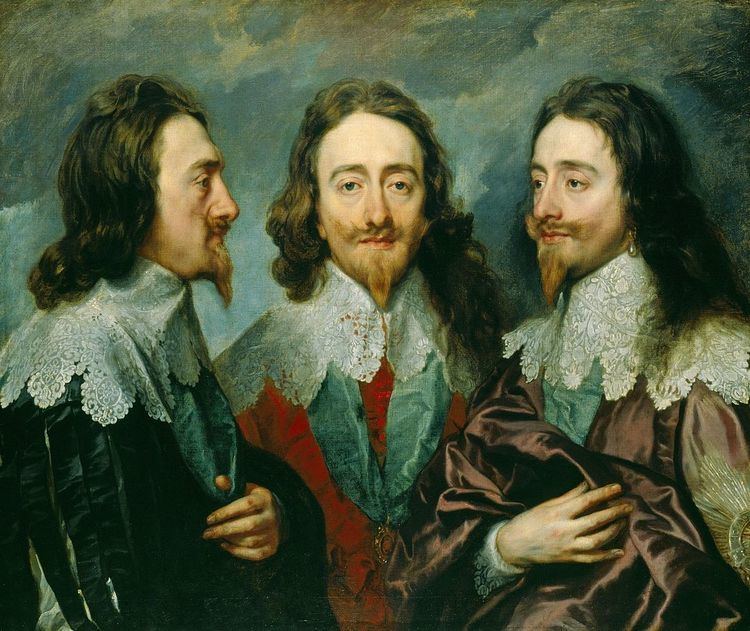 | ||
This is a timeline of events leading up to, culminating in, and resulting from the Wars of the Three Kingdoms.
Contents
1630s
1640s
1650s
1660s
References
Timeline of the Wars of the Three Kingdoms Wikipedia(Text) CC BY-SA
 | ||
This is a timeline of events leading up to, culminating in, and resulting from the Wars of the Three Kingdoms.